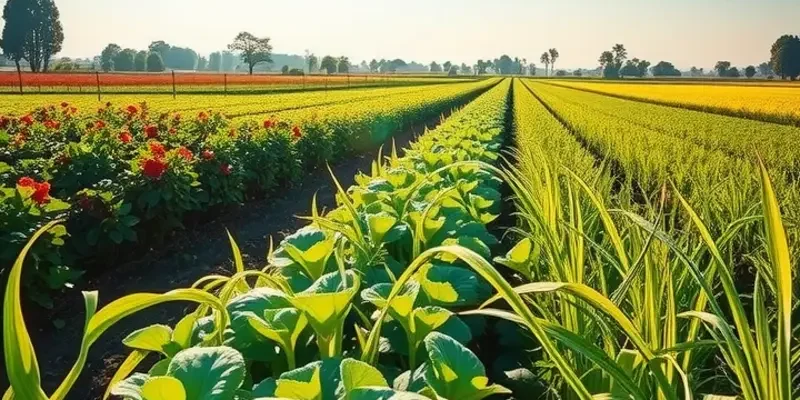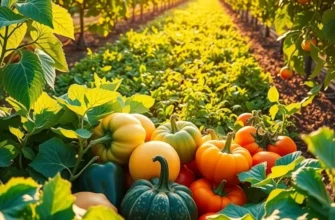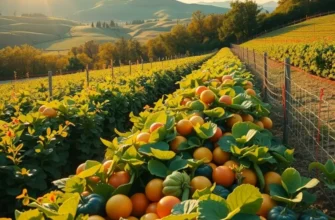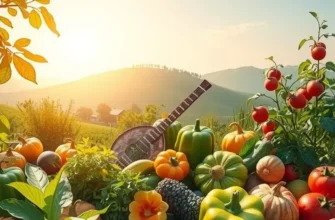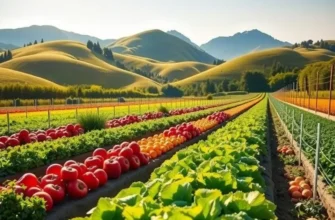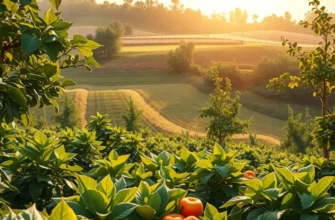Water conservation is vital for a sustainable future, yet often overlooked in our food choices. From agriculture to dining habits, water use can heavily impact our planet. By selecting water-efficient foods, eco-conscious individuals can play a significant role in conserving this precious resource. This guide explores various food options that not only nourish the body but also significantly lower water consumption in their production.
Smart Choices: Water-Efficient Foods
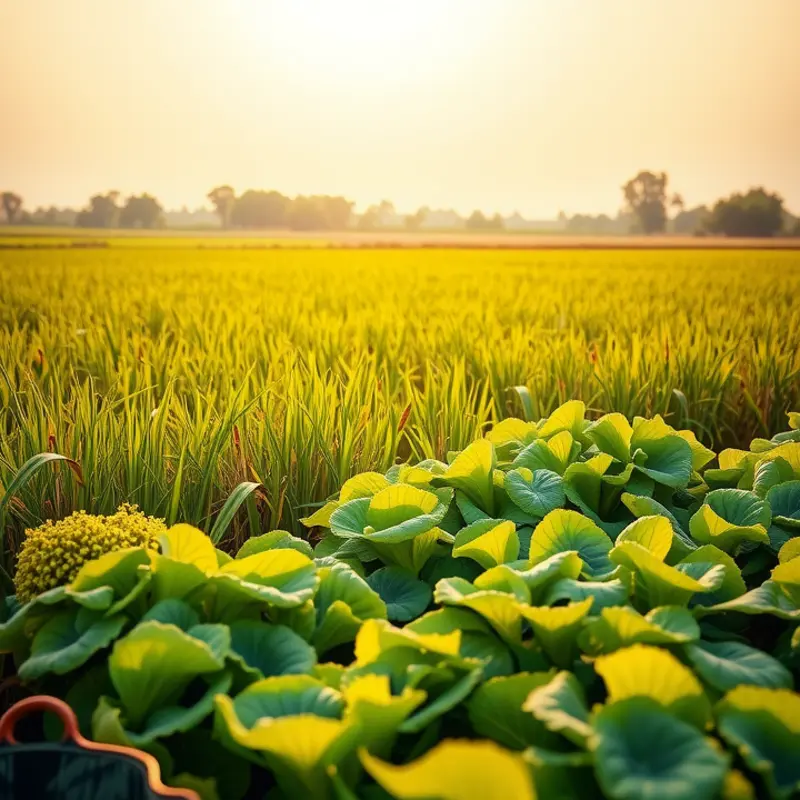
Embracing a diet centered around water-efficient foods can significantly reduce your water footprint. By choosing crops that require less irrigation, we not only ensure adequate water for future generations but also partake in a sustainable lifestyle.
Fruits and Vegetables:
Fruits like watermelon, strawberries, and cantaloupe are surprisingly water-efficient. Watermelon, for instance, thrives in arid climates due to its ability to hold moisture and is thus less taxing on water supplies compared to thirstier crops. Vegetables like zucchini and cucumber are also water-friendly options, growing well even with limited rainfall. Incorporate these into your diet by crafting vibrant salads or refreshing sorbets. For culinary inspiration, refer to this easy plant-based eating guide.
Grains:
Millet and sorghum are ancient grains celebrated for their resilience and minimal water needs. These grains are not only hardy but are packed with fiber and essential nutrients. Swap rice, which requires substantial water for cultivation, for millet in pilafs or sorghum in porridge. Whole grain toast or cereal made from these versatile grains can make for a hearty breakfast.
Proteins:
Lentils and chickpeas emerge as champions of water-efficient proteins. They consume considerably less water than conventional animal-based proteins. Lentils, low in fat and high in protein and iron, can seamlessly substitute meat in soups and stews. Chickpeas, rich in vitamins and minerals, are perfect for making hummus or added to salads for a protein boost. By relying on such legumes, not only is water saved, but a reduction in greenhouse gas emissions is achieved as well.
Practical Tips:
Begin by gradually incorporating water-efficient foods into your weekly meal plans. Swap rice for millet in your favorite stir-fry, or create a cooling cucumber and watermelon salad. Additionally, use roasted chickpeas as a crunchy snack alternative. Opting for these choices not only contributes to water conservation but offers a rich tapestry of flavors and textures, elevating daily meals.
Your efforts in selecting these foods have broader environmental impacts. Lesser water use reduces stress on freshwater systems, helping sustain aquatic life and natural habitats. Whether you’re spicing up a summer barbecue with grilled zucchini or warming a winter evening with lentil curry, remember that each meal choice can support global water health. The journey to sustainability begins at your plate with every mindful selection.
Beyond the Plate: Strategies for Sustainable Eating
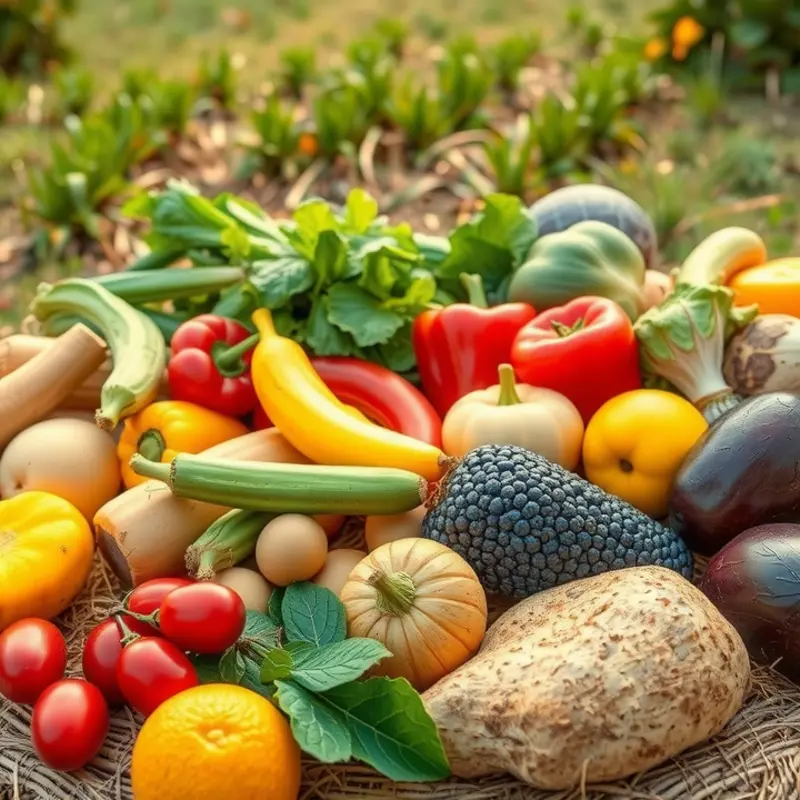
Integrating water-conserving foods into daily diets requires thoughtful planning and a commitment to sustainable practices. Meal planning is foundational. Begin by incorporating plant-based meals into your diet, as animal agriculture is notoriously water-intensive. Look for recipes that replace meat with legumes, grains, and vegetables, which generally have a lower water footprint.
Local sourcing is another effective strategy. By choosing locally grown produce, you reduce the resources needed for transportation, thus conserving water indirectly. Visit local farmers’ markets to buy fresh produce that’s in season, thereby supporting regional agriculture and promoting biodiversity. Seasonal eating ensures that you’re consuming food at its most nutritious and least resource-intensive stages.
Reducing food waste plays a significant role in water conservation. The resources used to produce food—particularly water—are significant, so it’s crucial to consume what is purchased. Embrace creative ways to use leftovers, such as soups, stews, or stir-fries that revitalize scraps. Proper storage techniques also help in minimizing waste. For more tips, explore low-waste cooking and prep.
Mindful consumption habits are essential. Pay attention to portion sizes to avoid over-serving and subsequent waste. When shopping, make a list and stick to it to prevent impulse buys that might end up being discarded.
Community involvement amplifies individual efforts. Join or support community gardens, which promote local food production and offer educational opportunities on sustainable agriculture. Participate in or organize events focusing on composting and waste reduction workshops. Supporting initiatives that implement water-saving technologies and practices can have a broader impact on communal water conservation efforts.
Finally, consider supporting sustainable agriculture initiatives. These may include CSAs (Community Supported Agriculture), which allow you to purchase a share of a farm’s produce, supporting farmers directly while receiving fresh, often organic food regularly. Such engagement not only enriches your diet with diverse, water-conserving foods but also fosters a stronger connection with the food you eat and the environment.
Final words
Choosing water-efficient foods is an empowering step towards a more sustainable lifestyle. By shifting our diets and dining choices towards crops that conserve water, we not only enhance our personal nutrition but also contribute to global water conservation efforts. We can make a significant difference by embracing local produce, reducing waste, and supporting sustainable farming practices. Each meal is an opportunity to positively impact our environment, encouraging others to follow suit in a collective movement toward sustainability.

